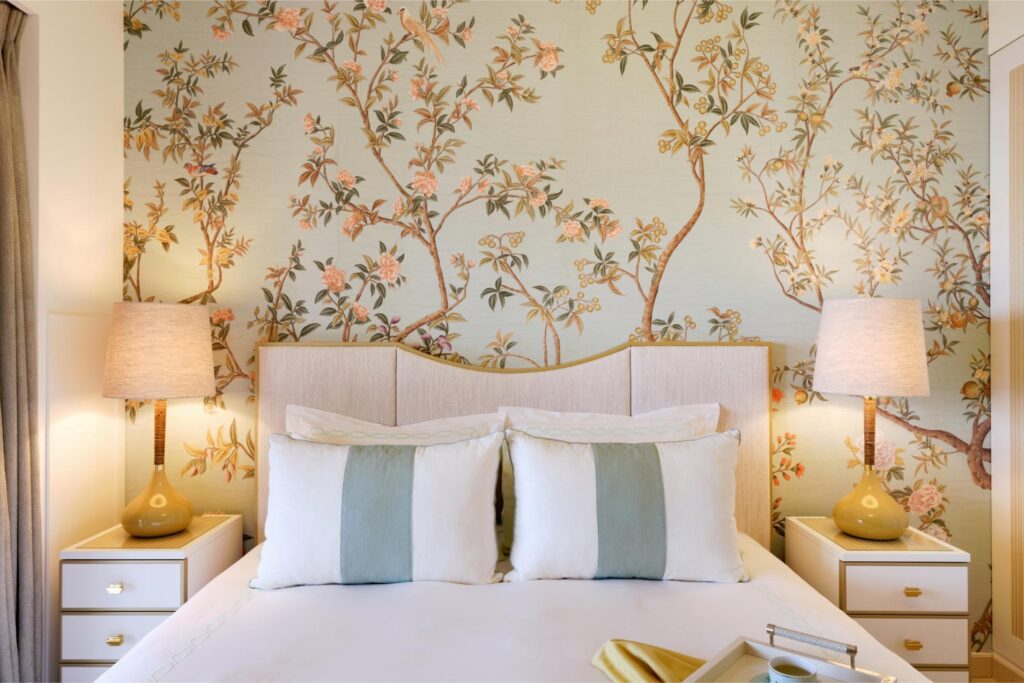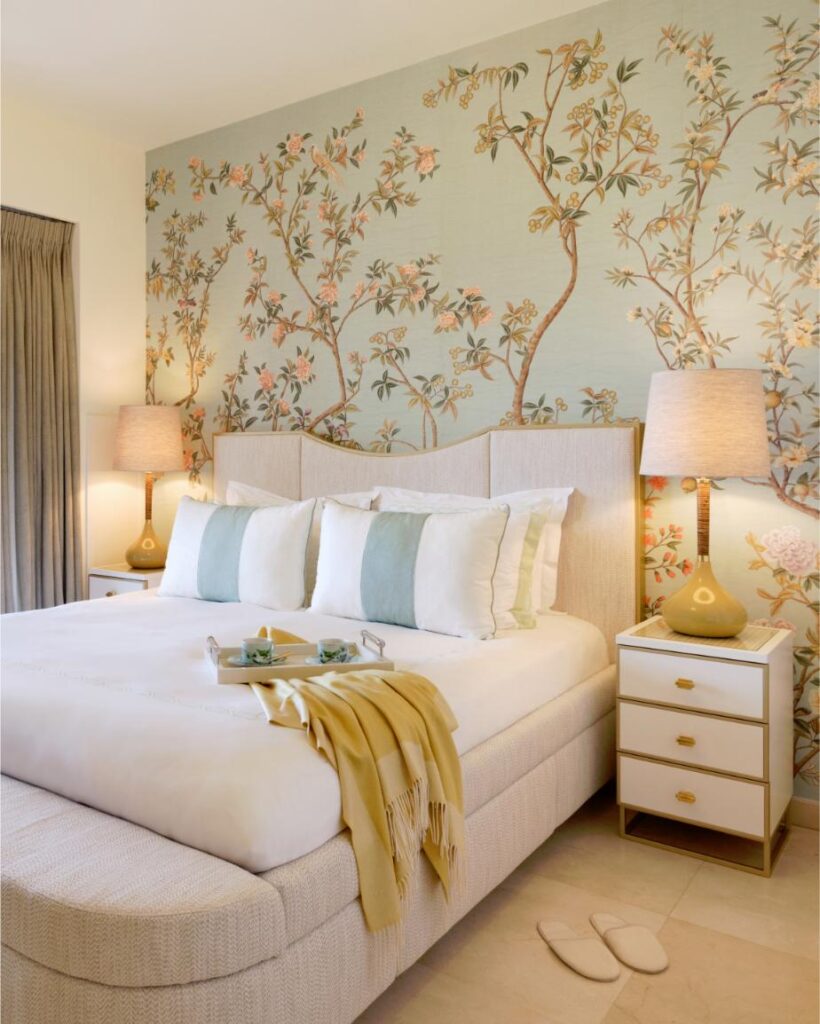When classic meets contemporary: mixing different design eras in a luxurious setting
In today’s world of interior design, creating a harmonious blend of styles can transform a mere room into a breathtaking sanctuary. As we navigate through the myriad of design eras, the allure of combining classic and contemporary aesthetics continues to captivate homeowners and designers alike.
This article explores the art of mixing different design styles, providing you with insights and practical tips on achieving a luxurious, yet comfortable space. You will discover how to integrate timeless elements with modern furniture, utilize color thoughtfully, and select distinctive decor pieces that reflect your personality while maintaining elegance.
Understanding the Basics of Design Eras
To successfully merge classic and contemporary styles, it is essential to understand the fundamental tenets of each era. Classic design is rooted in history, characterized by ornate details, rich fabrics, and a sense of tradition. Think of pieces that evoke a sense of elegance—heavy drapery, intricate moldings, and vintage items that tell a story. Classic interiors often feature muted color palettes, with an emphasis on warm tones and natural materials. For a successful project, the easiest way is to call in a professional interior decorator, such as Sabrina MonteCarlo.
On the other hand, contemporary design is ever-evolving, reflecting modern trends and innovations. It favors clean lines, minimalism, and an open space that promotes functionality. In a contemporary setting, you will notice a preference for neutral colors, geometric shapes, and eco-friendly materials. Furniture in this style tends to be streamlined and often incorporates technology seamlessly into the design.

Luxury bedroom
By understanding these two distinct design philosophies, you can begin to appreciate how they can complement each other. The key lies in striking a balance—using classic pieces as anchors in the room, while infusing contemporary elements to create a fresh and inviting atmosphere. With this foundation, let’s explore how to incorporate various elements into your design.
Selecting Statement Furniture Pieces
When you aim to create a luxurious setting, the furniture you choose plays a pivotal role. Opting for statement pieces that embody both classic and contemporary styles is crucial. For example, a vintage armchair with rich upholstery can serve as a stunning focal point, while a sleek, modern coffee table can add a refreshing contrast.
Consider a room layout that encourages conversation and interaction. Position your furniture to create cozy nooks that invite relaxation. A sectional sofa in a neutral tone paired with an ornate rug can merge the two styles beautifully. The key is to maintain harmony while allowing each piece to shine.
In addition to the style, pay attention to the elements of color and texture. Mix soft fabrics like velvet with smoother surfaces such as glass or metal. This interplay will enhance the visual appeal of your space. Remember, each piece should contribute to the overall decor without overwhelming the senses. When done correctly, the right furniture can elevate your interior, making it not only luxurious but also inviting.
Incorporating Color and Texture
Color is one of the most powerful tools in interior design. It can set the mood, define spaces, and bring together various styles. When mixing classic and contemporary designs, consider a color palette that allows for flexibility. Neutral tones like beige, gray, and white serve as a sophisticated backdrop, allowing bolder elements to pop.
For a touch of elegance, consider adding accents in jewel tones—deep greens, rich blues, or luxurious golds can breathe life into a room. These colors can be introduced through decor items such as throw pillows, vases, or artwork, creating visual interest without overwhelming the space. Incorporating textures is equally important. The softness of a plush throw can contrast beautifully with the sleekness of a modern furniture piece. Mixing textures such as wood, metal, and textiles can create depth and richness in your design.
Furthermore, artwork plays a significant role in tying the space together. Choose pieces that resonate with both classic and contemporary themes—think a traditional painting framed in a modern frame or abstract art with traditional motifs. The combination of color and texture can elevate your design, making it not only aesthetic but also a reflection of your unique tastes.
Creating a Cohesive Atmosphere with Decor
The decor you choose can either enhance or detract from the overall design. To create a cohesive atmosphere, it is essential to select items that reflect the essence of both classic and contemporary styles. Think about layering your decor elements—start with larger pieces such as mirrors or artwork and build upon them with smaller accents like vases, books, or sculptures.
Integrating elements of vintage charm can add a layer of warmth and character to your space. Consider incorporating items like antique clocks, heirloom pieces, or classic lamps that evoke nostalgia. These can serve as conversation starters while grounding the room in a rich history. In contrast, sleek frames, modern light fixtures, and minimalist decor can elevate the look, providing a fresh perspective in your home.
When arranging your decor, practice the art of balance. Too many bold pieces can create chaos, while too few can lead to a sterile feeling. Group items in odd numbers for a more organic look, and don’t shy away from mixing styles—an eclectic approach can lead to stunning results. Remember to leave space for the eye to rest; negative space is just as important in design as the elements you choose to display.
The Importance of Lighting in Design
Lighting is often an overlooked aspect of interior design, yet it can dramatically alter the mood of your space. In a luxurious setting where classic and contemporary styles coexist, the right lighting can enhance architectural features and highlight key design elements. Consider using a combination of ambient, task, and accent lighting to create a well-lit and inviting environment.
Chandeliers or pendant lights can serve as stunning focal points, bridging the gap between traditional elegance and modern functionality. For instance, a classic crystal chandelier can pair beautifully with sleek, contemporary furnishings, adding a touch of luxury. Similarly, recessed lighting can provide a clean, minimalist approach that complements the design without being obtrusive.
Layering your lighting is essential. Use floor lamps and table lamps to create warm pools of light, enhancing the intimacy of the room. Don’t forget about natural light; large windows or skylights can bring the outdoors in, making your space feel open and airy. By thoughtfully incorporating lighting into your design, you not only illuminate the space but also enhance the overall aesthetic, ensuring that both classic and contemporary elements shine. Mixing classic and contemporary design styles presents an exciting opportunity to create a unique and luxurious space.
By understanding the fundamentals of each era, selecting statement furniture pieces, incorporating thoughtful color and texture, and enhancing your design with intentional decor and lighting, you can achieve a harmonious blend that reflects your personal style.
As you embark on this design journey, remember that the key to success lies in balance and cohesion. Let your creativity flow as you explore the possibilities of combining different eras, ultimately crafting a home that resonates with elegance and individuality. The result will be a room that not only showcases your tastes but also stands the test of time, marrying the best of both worlds.
